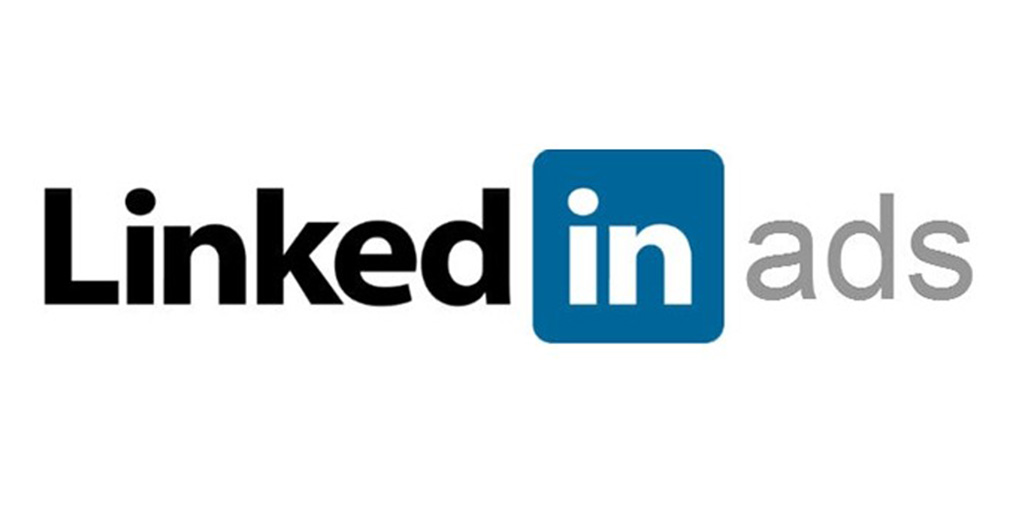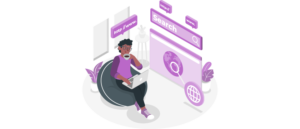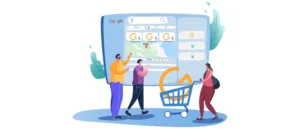LinkedIn, as the world’s largest professional networking platform, offers businesses a unique opportunity to connect with a highly targeted, business-focused audience through its advertising solutions. LinkedIn Ads are especially valuable for B2B companies, job recruiters, and industries aiming to reach professionals. However, like any advertising platform, LinkedIn Ads come with both advantages and drawbacks. In this blog, we’ll explore the pros and cons of LinkedIn Ads to help businesses determine if it’s the right platform for their marketing strategy.
Pros of LinkedIn Ads
- Highly Targeted Audience
The ability of LinkedIn Ads to target a highly specialized professional audience is one of its biggest advantages. LinkedIn gives marketers the option to narrow down their target audience based on many criteria, like job title, industry, firm size, talents, and even individual companies, unlike Facebook or Instagram. This level of granularity is ideal for B2B marketers, recruiters, and service providers aiming to reach decision-makers or specific professionals.
For example, suppose you’re a software provider targeting HR professionals at large enterprises. In that case, LinkedIn Ads can help you reach exactly those individuals, improving the likelihood of high-quality leads and conversions.
- Enhanced B2B Lead Generation
Because of its professional user base, LinkedIn has emerged as a leading medium for business-to-business (B2B) marketing. With features like Lead Generation Forms that connect to the platform, InMail advertisements, and Sponsored Content, LinkedIn advertisements are expressly built to provide high-quality leads for businesses.
The platform’s ability to facilitate direct communication with decision-makers helps businesses build stronger relationships and increase conversion rates. For B2B marketers, LinkedIn Ads can yield valuable leads that can easily translate into sales opportunities.
- High Engagement Rates Among Professionals
Users can interact with content related to their sectors, professions, and business interests in a focused and attentive environment on LinkedIn. Because users are already looking for networking possibilities and industry information, Sponsored Content and InMail Ads, for example, frequently enjoy better engagement rates than equivalent ads on other social media platforms.
Because of this, LinkedIn is an excellent medium for providing material that aligns with users’ objectives for career progression and professional growth, which improves ad performance.
- Access to Decision-Makers
It is common knowledge that high-level professionals, including CEOs, company owners, and significant decision-makers, use LinkedIn. This makes it an ideal platform for businesses that need to reach individuals with purchasing power or hiring capabilities. With LinkedIn Ads, you can specifically target these decision-makers and bypass lower-level employees, improving the efficiency of your advertising efforts.
- Variety of Ad Formats
LinkedIn offers a range of ad formats to satisfy different marketing goals. LinkedIn offers various alternatives to increase brand exposure, drive traffic, or create prospects. These solutions include:
- Sponsored Content: Native ads that appear in users’ feeds.
- Sponsored Messaging: Direct messages sent to a user’s LinkedIn inbox.
- Text Ads: Simple pay-per-click ads that appear on the sidebar.
- Dynamic Ads: Ads personalized to each user based on their profile data.
This variety allows businesses to choose the format that aligns best with their campaign goals and audience.
Cons of LinkedIn Ads
- High Cost Per Click (CPC)
The expense of employing LinkedIn Ads is one of the main obstacles. LinkedIn typically has higher CPC rates than other social platforms such as Facebook or Google Ads. While the targeting is more specific, the average CPC on LinkedIn can range from $5 to $15 or even higher, depending on the competition for your target audience. This high cost can quickly drain your ad budget, especially for small businesses or startups with limited resources.
While LinkedIn Ads may deliver high-quality leads, businesses must carefully consider their ROI before committing to high ad spending on the platform.
- Limited Audience Size
There are far fewer users on LinkedIn than on sites like Facebook. Despite having more than 900 million members, Facebook and Instagram have billions of users, much exceeding LinkedIn’s user base. This smaller audience size may limit the reach of certain campaigns, particularly for businesses targeting broad audiences or industries outside of LinkedIn’s core user base.
For brands looking for large-scale consumer marketing, LinkedIn Ads may not be the most effective choice.
- Lower Engagement for B2C Campaigns
LinkedIn is primarily a B2B platform, which means it’s better suited for businesses targeting professionals, job recruiters, or companies. However, for B2C campaigns, LinkedIn might not be the best option. Consumer-facing brands or products that don’t align with professional interests may struggle to achieve high engagement or conversion rates.
For example, if your business sells fashion or lifestyle products, you may find that LinkedIn’s user base is less likely to engage with your ads than they would on platforms like Instagram or TikTok.
- Steep Learning Curve
For advertisers who are new to LinkedIn Ads, the platform can have a bit of a learning curve. While the advertising tools are robust and highly customizable, setting up successful campaigns requires a good understanding of LinkedIn’s targeting options, ad formats, and bidding strategies. Businesses may need to invest time in learning the platform or hire specialists to get the most out of their LinkedIn ad campaigns.
Without the proper expertise, businesses risk running ineffective campaigns that don’t maximize LinkedIn’s potential.
- Over-Saturation of Ads
Because LinkedIn is such a powerful platform for B2B marketing, it’s becoming more competitive, particularly in industries like technology, marketing, and recruitment. This increased competition means that users are exposed to more ads, leading to ad fatigue or lower engagement rates over time.
In order to stand out in a crowded ad area, advertisers need to be purposeful in the content they create—both valuable and interesting. Simply promoting a product or service without offering tangible value may result in lower ad performance.
Conclusion
LinkedIn Ads offer unique advantages for businesses looking to target professionals, particularly in the B2B space. The platform’s powerful targeting features, high engagement rates among decision-makers, and variety of ad formats make it an attractive option for companies seeking to generate high-quality leads and increase brand visibility. However, there are drawbacks to LinkedIn Ads, such as high prices, a narrower audience, and a steep learning curve, which could put off certain companies, especially those with tight budgets or B2C goals.
Ultimately, LinkedIn ads may be helpful for the appropriate organization that is employing the right strategy. To optimize return on investment, businesses must carefully weigh the benefits and drawbacks, use their resources wisely, and refine their campaigns over time.
To learn more or to acquire our services, please contact us at https://paypercampaign.com





